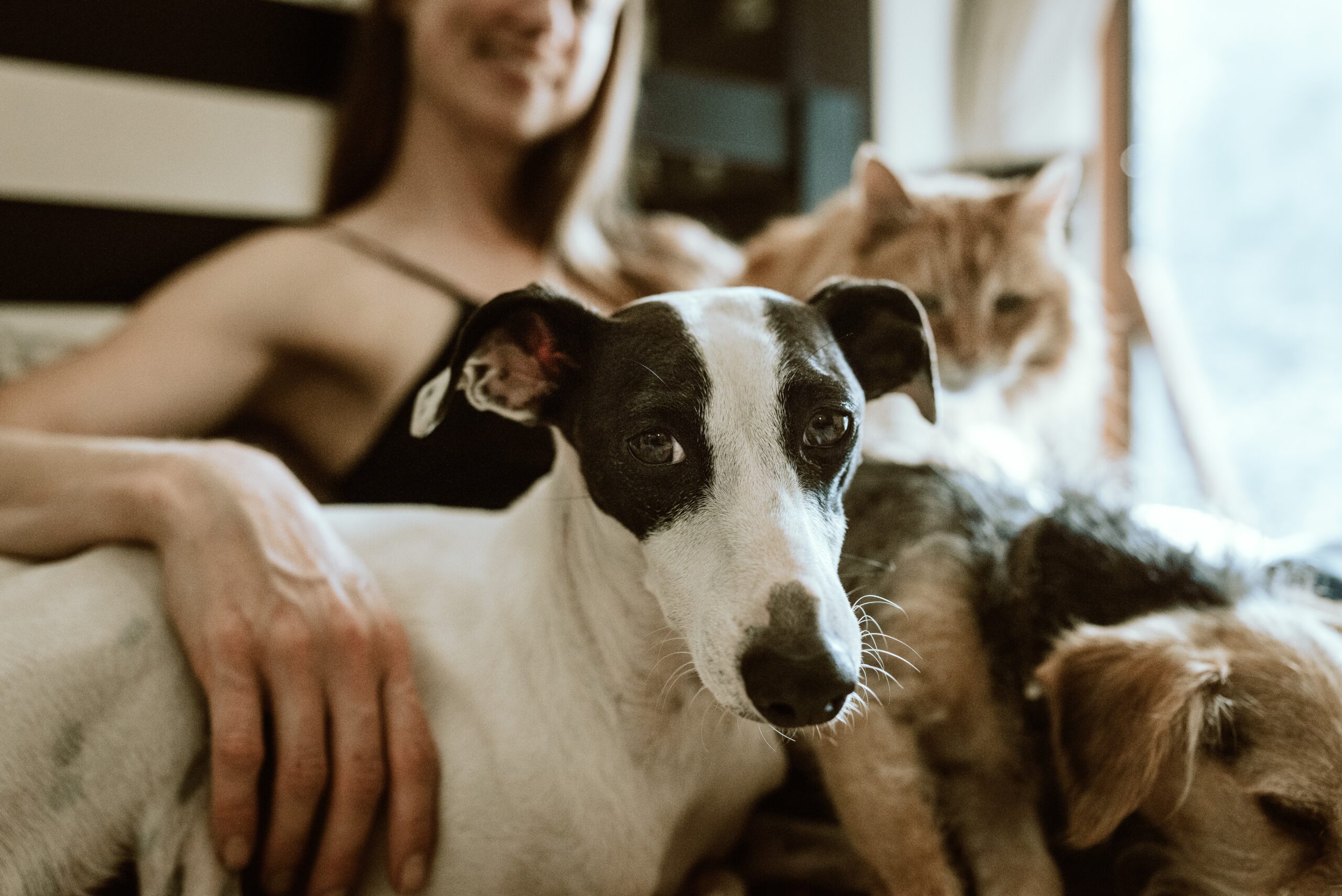This article is authored by Rachel Sheppard, Director of Ventures at Mars Petcare and Co-Manager of Leap Venture Studio – a partnership between Mars Petcare, Michelson Found Animals and R/GA Ventures
This year families around the world felt the pressure of inflation on their budgets, including pet parents. While grocery prices in general have risen 8.3%, the price of pet care products has increased owing to supply chain inflation. Pet healthcare costs have also gone up. According to one survey, almost half (46%) of pet parents have spent more on their pet’s medical needs than their own.
Many have also had to recalibrate work-life balance due to going back to daily office life, leading to added costs, like paying for services like doggy daycare. Others might have experienced changes in their pets’ behaviors as they adjusted to new schedules and levels of attention.
While rising costs and managing new pet care services can be frustrating, it’s important to remember that pet parenthood is a joyful, fulfilling experience that has been proven to positively impact mental health and physical activity. With so much joy to gain from having a pet, it’s a shame that our current context is causing some pet parents to feel overwhelmed.
All these converging pressures are overwhelming if we try to face them alone, but the good news is there are resources and networks available to help. At Leap Venture Studio, we are working closely with pet care startups that make pet parenthood more accessible, affordable and sustainable.
Collectively, we can help one another give our pets great lives without feeling like we have to break the bank, put unnecessary stress on ourselves or the planet, or make sacrifices that put our pets’ mental or physical health at risk.
No Pet Parent Is An Island
So many caregiver activities drum up the classic adage “it takes a village,” the same can be said for pets.
If you’re looking for advice or personalized tips on how to best care for your pet, I recommend checking out The Wildest. It’s a website chock-full of resources covering everything from new pet parent checklists to nutrition calculators.
If you’re struggling with dog training but can’t afford to hire a professional, consider the Dogo App. It’s got everything you need to learn how to train your dog regardless of whether you’re house-training a new puppy or working on impulse control for an older dog.
If you’re struggling with the costs of a dog walker, check out BorrowMyDoggy. Using this app, you can connect with people who would love to spend time with your dog while you’re at work. It’s a win-win for both parties.
Have a dog who struggles with dog parks, but want them to reap the benefits of one? There is a community of people renting out private spaces on Sniffspot.com. You could give your dog a park of their own for an afternoon.
Rising costs don’t have to mean making major sacrifices when it comes to your pet’s well being – or your own. Tapping into online resources and established communities of like-minded pet parents can make your journey easier.
Saving Money, Saving the Planet
While no one can truly say what the future holds, most predictions for 2023 don’t look optimistic economically speaking. When budgeting for your pet in 2023, there are a few things you can do to help keep costs manageable.
First of all, if you’re coming into pet parenthood for the first time, adopting from a shelter will save you loads of money, not to mention previously fostered pets will have foster-parent insights into things like temperament and if they’re going to be a good match for your lifestyle.
Secondly, all pet parents, both new and seasoned, should include petcare in monthly and yearly budgeting. You can find lots of resources online to help you (like this one).
Thirdly, look to your local community for pet specific meetup groups, many of these members may have second hand supplies, which can help the planet and ensure you don’t have to buy something new. Things like crates or gently-used pet furniture are often available for much cheaper – sometimes even for free.
Not only are these options more affordable, they’re also more sustainable. The pet industry is riddled with products that are not planet-friendly: around 300 million pounds of plastic waste are dumped into landfills each year. As a community, we need to work together to try to make better choices for our pets and planet. There are, luckily, a growing number of companies that can help.
This includes places like Project Blu and P.L.A.Y. which both produce products like beds, collars, and toys that are made of sustainable materials. Marleybones produces dog food in recyclable packaging.
There are also several options for food and treats made from alternative protein sources. Blue Pet Co makes supplements from seaweed; Jiminy’s makes food and treats from crickets; Shameless Pets makes upcycled treats from landfill-bound ingredients; and The Pack, Wild Earth, Petaluma, and Bright Planet are all plant-based.
It’s only fair to note that choosing to buy these types of products is often more expensive. If this is not in your budget, that’s okay too. You can give your pets homemade treats if that’s more available to you. Regardless, your pet doesn’t know if something is made of seaweed or store-bought, or homemade, but they do know if you love them.
New Tech Can Help Your Pet (and Their Vet)
Currently in the United States, we are suffering a shortage of both veterinarians and vet techs, so pet parents should focus on prevention. For that, there is a lot of emerging technology that can help.
Just like telemedicine boomed during the pandemic, making healthcare more accessible, it can do the same for vets and animal hospitals. On average, pets see their vets 2.5 times a year and usually just for brief visits. Check out platforms like Fuzzy, Pawp, and Vetsie (in Canada) to check-in more frequently.
You can also track your pet’s health with wearable tech like Moggie or Whistle. These trackers can alert you to subtle changes in your pet’s behavior. For example: are they licking more than normal? An allergic hotspot can cost you around $300 if left untreated. Trackers like these can help save big and keep your pet thriving.
Lastly, investing in pet insurance is not only a smart decision for you and your pet, it’s a good decision for the larger community of pet owners. Insurance is a pool – the more people that invest, the more money available. Currently, only 2.5% of pets in the US are insured.
I understand coverage can be limited, however, it’s safe to assume that with more pet parents buying in, coverage would be more expansive. In the meantime, if an emergency vet visit has left you unable to foot the bill, consider Scratchpay. This service provides a payment plan so you don’t have to make difficult choices between the healthcare your pet needs and the treatment you can afford at the moment.
The year ahead may feel full of uncertainties, but I’m taking comfort in knowing that there are so many passionate people working hard to make life easier for pets and their parents.
In fact, at Leap Venture Studio we’re looking forward to the seventh round of our seed-stage accelerator program for pet care startups. Up to seven early stage pet care companies will be selected to participate in the 12-week program, running from March 6 until Demo Day on June 8.
Follow along to discover the companies joining Leap Venture Studio’s upcoming cohort. Support them as they increase their impact, launch their products, and grow with the help of the Leap team. Find us on Instagram, Twitter, and LinkedIn.












